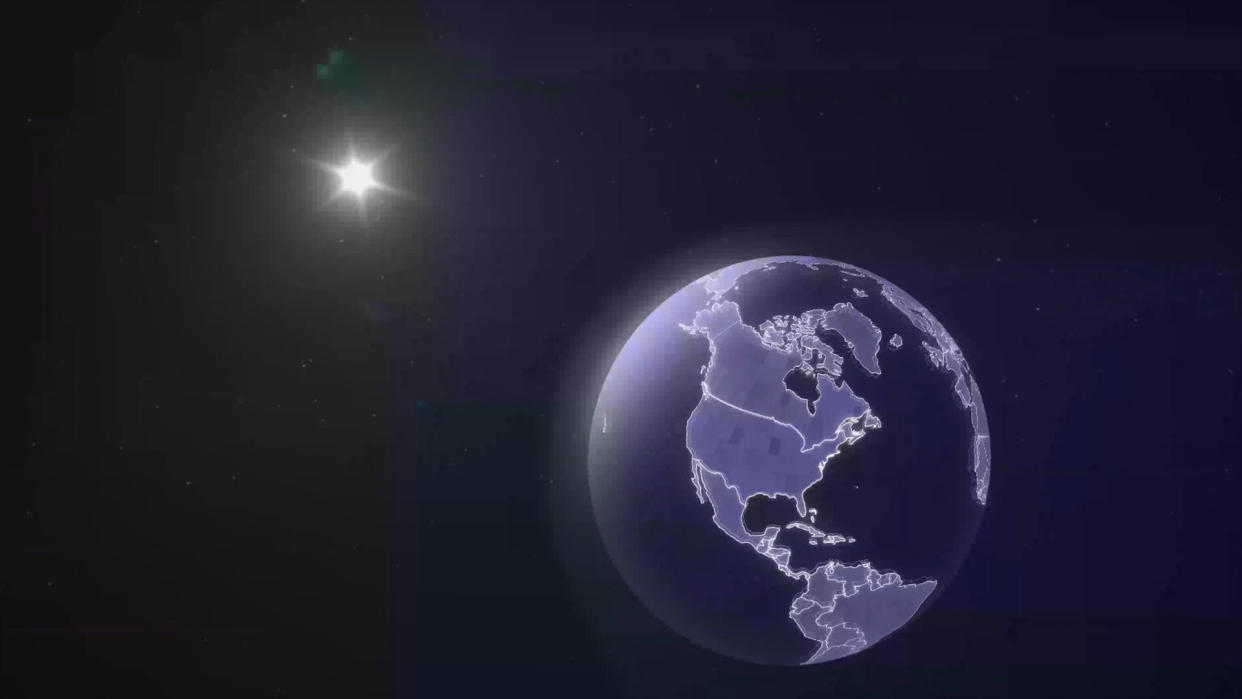Why NASA is launching 3 rockets into the solar eclipse next week

On April 8, parts of the U.S., Canada and Mexico will be thrust into darkness as the moon glides perfectly in front of the sun, marking a total solar eclipse. Millions of eager spectators aren't the only ones who are excited; NASA engineers in Virginia plan to make the most of the precious few minutes of darkness by launching rockets directly into the eclipse's shadow.
Besides the obvious cool factor, the launches have an important science goal: to help scientists understand how the sudden drop in sunlight affects our planet's blanket of air.
The sudden transition from day to night is known to cause sharp drops in temperatures and even trick animals into engaging in nighttime behaviors. But scientists understand little about how the brief moments of darkness influence the boundary between Earth's upper and lower atmosphere, called the ionosphere, which extends between 55 to 310 miles (90 to 500 kilometers) above the planet';'s surface.
Here, ultraviolet radiation from the sun routinely pries away electrons from atoms, forming abundant electrically charged particles that puff up the upper atmosphere. It thins out upon sunset as these ions recombine into neutral atoms, only to be ripped away again next dawn.
Related: 4 ways you can help NASA study the April 8 solar eclipse

"If you think of the ionosphere as a pond with some gentle ripples on it, the eclipse is like a motorboat that suddenly rips through the water," Aroh Barjatya, a professor of engineering and physics at Embry-Riddle Aeronautical University, said in a 2023 NASA article. "It creates a wake immediately underneath and behind it, and then the water level momentarily goes up as it rushes back in."
So, by launching three rockets before, during and after the moon's shadow turns day into night on April 8, NASA engineers hope to collect enough data to predict such disturbances, which are known to interfere with both radio and satellite communications.
So Barjatya and his team will launch three rockets from NASA's Wallops Flight Facility on Wallops Island, Virginia. Over this facility, the moon will block only 81.4% of the sun's light, but the team hopes to use the temporary dimming to understand just how widespread the "wake" created by the solar eclipse is.
RELATED STORIES
—Powerful X-class solar flare slams Earth, triggering radio blackout over the Pacific Ocean
—4 ways you can help NASA study the April 8 solar eclipse
—What happens if it's cloudy for the April 8 solar eclipse?
The same team of engineers did a similar experiment during last October's partial "ring of fire" solar eclipse, when a maximum of 90% of the sun's light was blocked by the moon. Results from those launches revealed that the drop in sunlight caused perturbations capable of affecting radio and satellite communications, underscoring the need for improved capability to predict them.
"We are super excited to relaunch [the rockets] during the total eclipse, to see if the perturbations start at the same altitude and if their magnitude and scale remain the same," Barjatya concluded in a NASA statement.
